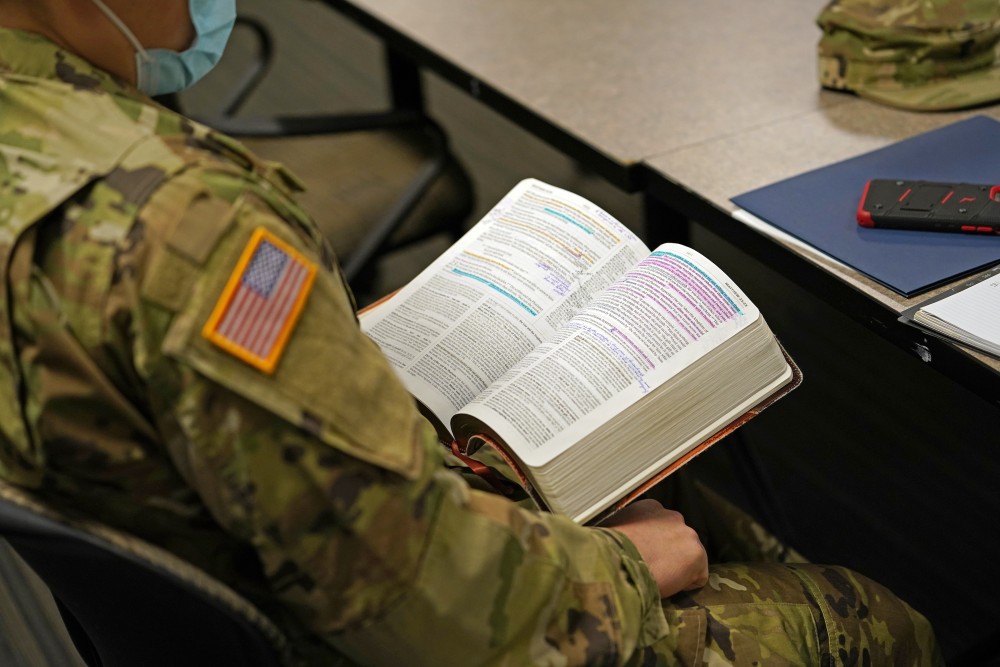National Guard chaplains reflect on George Floyd protests, lessons learned

Stephanie Christoffels started the communal prayer at the fall training of her fellow Minnesota National Guard chaplains by reminding them of Christianity’s two greatest commandments: to love God and neighbor.
“It’s difficult to love our neighbors . . . to go on Facebook and see what they’re posting,” the Lutheran pastor and only female chaplain in the Minnesota Guard told the faith leaders in military fatigues, each with the cross insignia of a Christian chaplain and many with badges for service in combat zones. “It’s hard to love people that hate us.”




